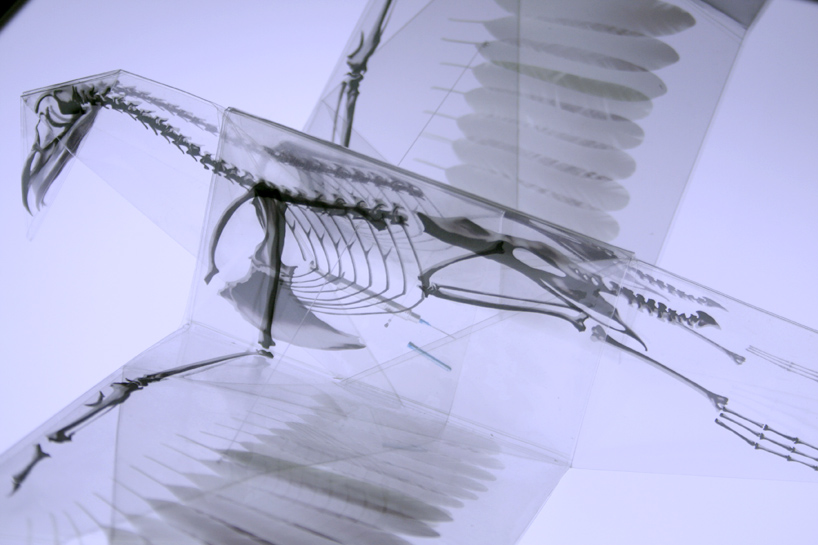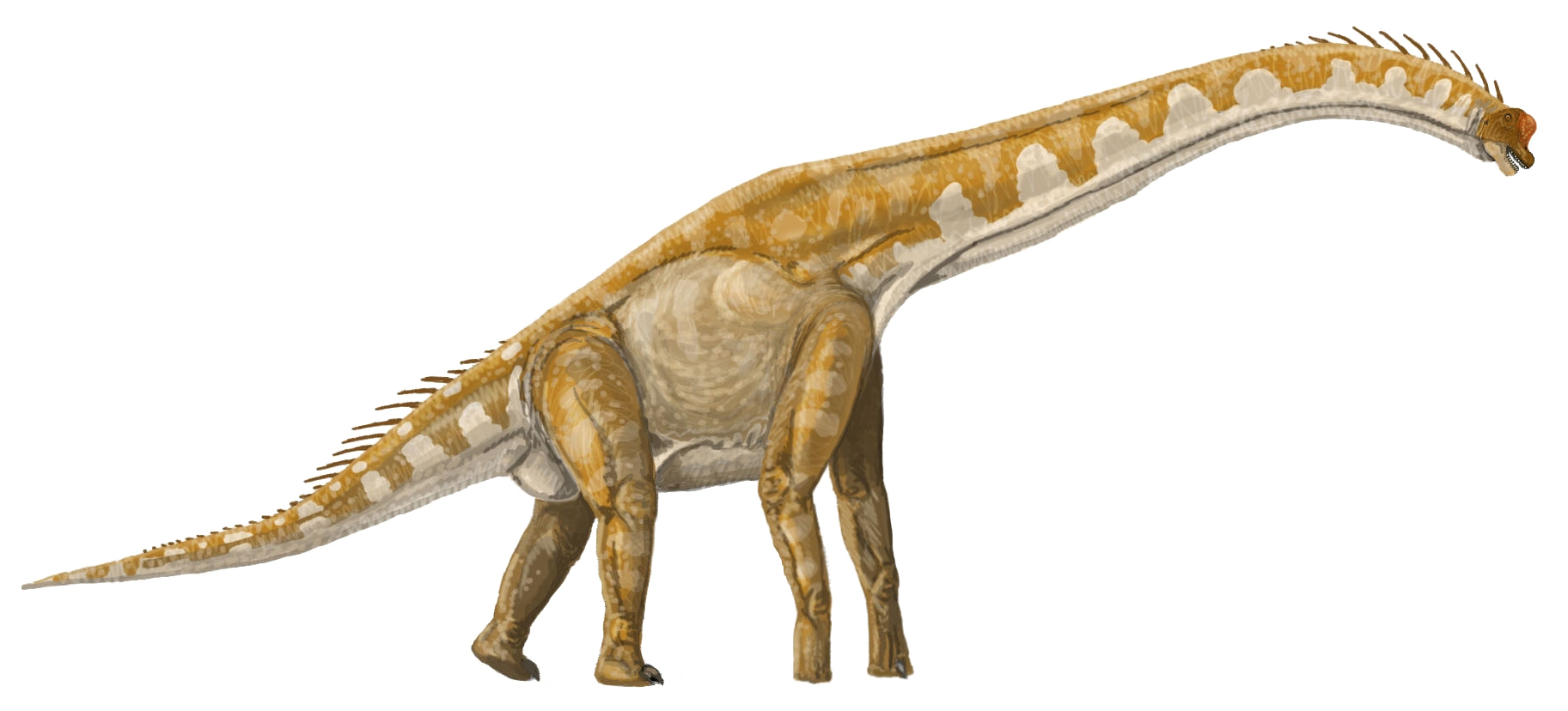Entering burning forests and buildings is a dangerous job. Being able to track each firefighter’s position and vital signs would make that job a little less dangerous. Unfortunately, radio and GPS signals are often lost deep inside structures or forests. Researchers from the University of Virginia and from Oceanit Laboratories of Honolulu are now testing a new communication system that will allow commanders to monitor their firefighters in real time.
The system is composed of three distinct parts, nicknamed WISPER, GLANSER and PHASER. First, WISPER. These Wireless Intelligent Sensor Platform for Emergency Responders are tiny routers that are waterproof and heat resistant to 500° F. A firefighter would carry five of the one-inch square nodes in a special canister. Each time the base station loses contact with the firefighter, the canister automatically drops a router.
The firefighters would also carry Geospatial Location Accountability and Navigation System for Emergency Responders (GLANSER), and Physiological Health Assessment System for Emergency Responders (PHASER), devices that display their exact location and their vital signs. Both GLANSER and PHASER would use WISPER routers, dropped at strategic locations, to allow commanders to monitor the position and health of their crews.
The system has been successfully tested in simulations. Now the developers are looking for a large-scale manufacturer.

Top-left: One inch-square WISPER routers.
Center-left: When cued by the base station, a motor-powered dispenser will drop a WISPER node.
Bottom-left: A USB-powered base station plugged into a laptop monitors each node’s strength, reroutes traffic around a weak or dead node, and commands a dispenser to drop a node.
Right: Using the Network Coordinator software, a fellow firefighter can warn a colleague whose dispenser is running out of nodes or battery life. The software also displays and stores each firefighter's location and vital signs beamed over WISPER by GLANSER and PHASER.
Credit: Oceanit Laboratories, Inc. 









